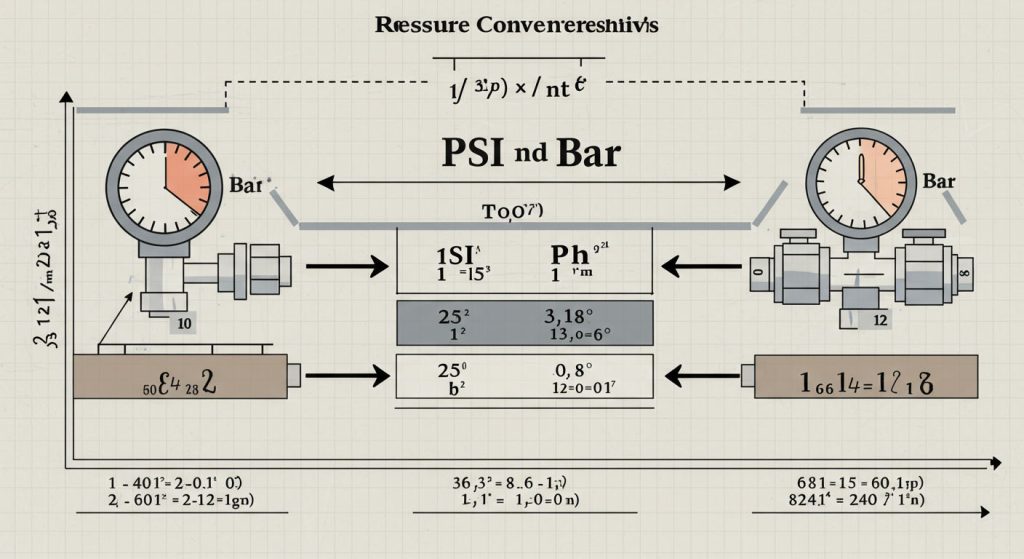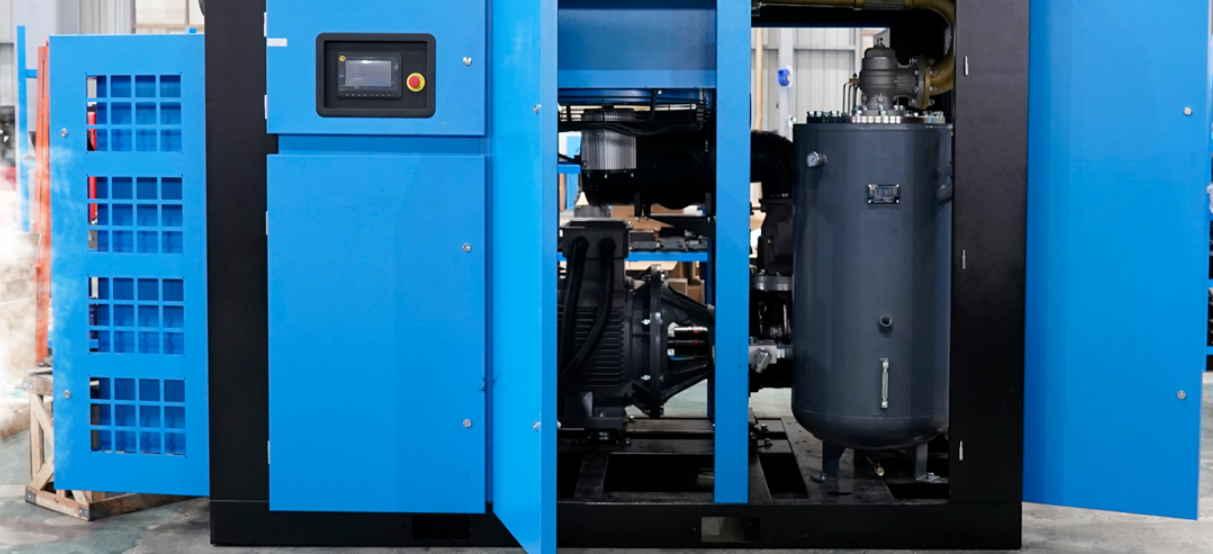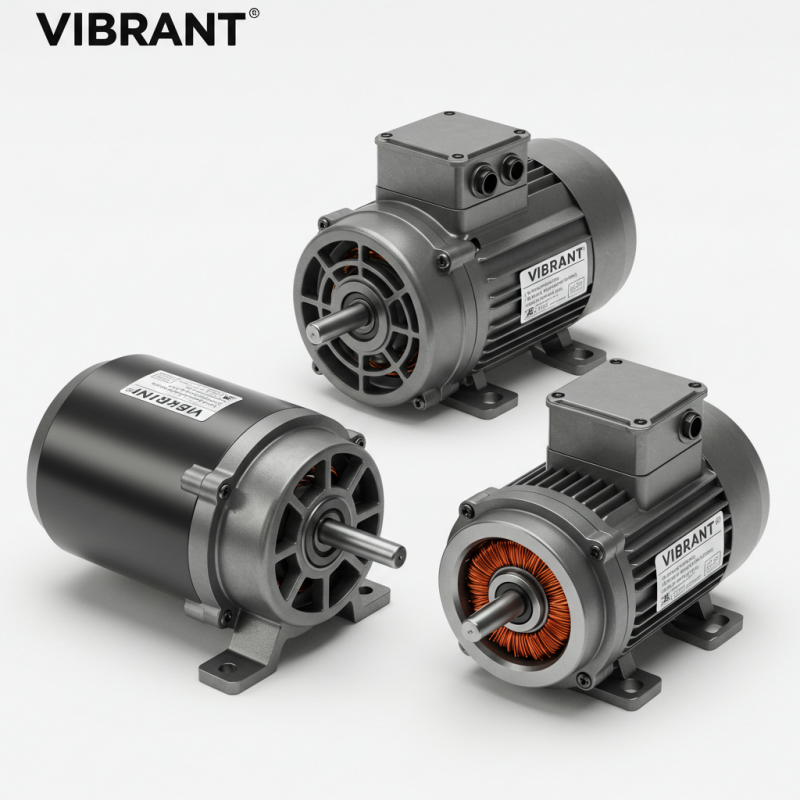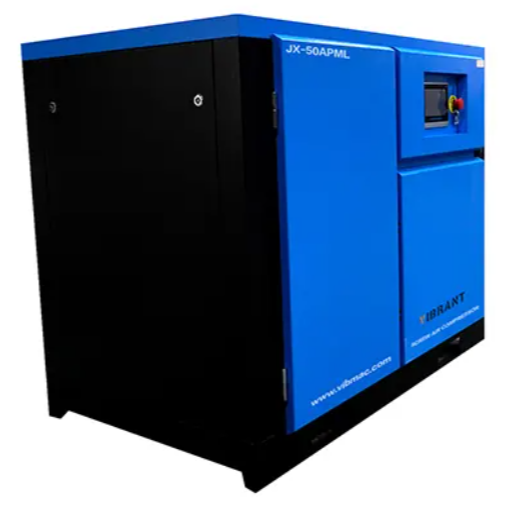Pressure measurement is an essential aspect of various industries, ranging from engineering to meteorology, and even in everyday applications like tire inflation. One of the most commonly used units for measuring pressure is PSI (Pounds per Square Inch), which is widely used in the United States. On the other hand, bar is a metric unit used primarily in Europe and other parts of the world. While both units measure pressure, they belong to different systems of measurement. Understanding how to convert PSI to bar is important for anyone working with pressure measurements in a global context. In this blog, we will explore the conversion from PSI to bar, why it matters, and how it applies to different fields.

What is PSI?
PSI stands for Pounds per Square Inch, which is a unit of pressure commonly used in the United States and some other countries that rely on the Imperial system. One PSI is defined as the pressure exerted when one pound of force is applied to an area of one square inch. The PSI measurement is primarily used in fields like automotive engineering, hydraulic systems, and in the operation of various industrial machinery.
To visualize PSI, imagine a standard 12-inch by 12-inch piece of paper. If you were to apply a force of one pound over the entire area, the pressure at any given point on that paper would be 1 PSI. PSI is a relatively large unit for measuring pressure, which is why it is often used for everyday applications like tire pressure, but less so in scientific or engineering fields outside of the United States.
What is Bar?
Bar is a metric unit of pressure that is widely used around the world, particularly in Europe. It is defined as 100,000 pascals (Pa), which is the standard SI (International System of Units) pressure measurement. Bar is used in many fields, including meteorology, engineering, and scientific research. Unlike PSI, bar is not an Imperial unit, and it is more commonly used in countries that have adopted the metric system.
To give you an idea of the scale, one bar is approximately equal to the atmospheric pressure at sea level, which is about 1013 millibars or 1,013 hectopascals. This makes bar an intuitive unit for expressing pressures close to atmospheric pressure.
Converting PSI to Bar
To convert PSI to bar, a simple mathematical formula is used. Since 1 bar is equal to 14.5038 PSI, you can convert PSI to bar using the following equation: Pressure (in bar)=Pressure (in PSI)14.5038\text{Pressure (in bar)} = \frac{\text{Pressure (in PSI)}}{14.5038}Pressure (in bar)=14.5038Pressure (in PSI)
This means that if you have a pressure of 100 PSI and you want to convert it to bar: 10014.5038≈6.895 bar\frac{100}{14.5038} \approx 6.895 \text{ bar}14.5038100≈6.895 bar
So, 100 PSI is approximately equal to 6.895 bar.
Why Convert PSI to Bar?
Understanding how to convert between different pressure units is important for a variety of reasons. Many industries use a mix of metric and Imperial systems, so professionals must be able to switch between units like PSI and bar to communicate effectively and ensure consistency in measurements.
For example:
- Automotive Engineering: Tire pressure in the United States is often measured in PSI, but in Europe, it is commonly measured in bar. If you are traveling internationally or working with a global team, understanding both units is essential.
- Hydraulics and Pneumatics: Many hydraulic systems use PSI for pressure ratings, while pneumatic systems might use bar. Converting PSI to bar ensures that engineers and technicians are on the same page when working with pressure equipment.
- Meteorology: Meteorological pressure data is often given in hectopascals (hPa) or bar. Converting PSI to bar allows meteorologists to compare atmospheric pressure readings in different units.
- Industrial Applications: Pressure vessels, pipelines, and tanks often use bar for pressure ratings, but in some countries, PSI is still common. Understanding both units ensures accurate operation and safety in industrial systems.
Practical Applications and Examples of PSI and Bar
1. Tire Pressure
One of the most common places you'll encounter PSI is in tire pressure readings. In the U.S., tire pressure is typically listed in PSI. However, in many European countries, tire pressure is measured in bar. For example, a typical car tire may have a pressure rating of around 32 PSI, which is equivalent to about 2.2 bar.
This conversion is essential for anyone traveling between different regions or working in an international context. If you were to take your car to a European garage, they would likely expect you to know the bar value of your tire pressure.
2. Pressure Cookers
Pressure cookers, which use steam to cook food faster, operate at pressures higher than atmospheric pressure. Depending on the country, the pressure may be expressed in PSI or bar. In the U.S., a common pressure cooker might operate at 15 PSI, which is equivalent to approximately 1.03 bar.
3. Hydraulic Systems
Hydraulic systems in industries like construction, automotive manufacturing, and even aerospace rely heavily on pressure measurements. In the U.S., hydraulic pressures are commonly expressed in PSI, but in other parts of the world, bar is the preferred unit. An understanding of PSI and bar conversion is crucial for professionals working with hydraulic equipment internationally.
4. Air Compressors
Air compressors often operate at pressures that need to be monitored and regulated. In some regions, the pressures might be in PSI, while in others, they are measured in bar. For example, an air compressor might be set to operate at 120 PSI, which is approximately 8.27 bar.
5. Industrial Equipment
Many industrial applications, such as pressure vessels, boilers, and pipelines, use bar to indicate the pressure of gases and liquids inside. For example, a steam boiler might have a working pressure of 10 bar, which is equivalent to about 145 PSI. Accurate pressure measurement is critical in preventing equipment failure or accidents.
Converting Bar to PSI
To convert bar to PSI, simply reverse the equation: Pressure (in PSI)=Pressure (in bar)×14.5038\text{Pressure (in PSI)} = \text{Pressure (in bar)} \times 14.5038Pressure (in PSI)=Pressure (in bar)×14.5038
For instance, if the pressure is 5 bar, the conversion to PSI would be: 5×14.5038=72.519 PSI5 \times 14.5038 = 72.519 \text{ PSI}5×14.5038=72.519 PSI
Key Takeaways
- PSI and bar are two different units of pressure, commonly used in the U.S. and Europe, respectively.
- Converting PSI to bar can be done by dividing PSI by 14.5038.
- Converting bar to PSI can be done by multiplying bar by 14.5038.
- Understanding both PSI and bar is crucial for international communication, whether you're dealing with tire pressure, hydraulic systems, or industrial applications.
Conclusion
Pressure measurement is an important part of many industries and applications, and knowing how to convert between PSI and bar is a valuable skill. Whether you are working with automotive systems, industrial machinery, or pressure vessels, understanding the relationship between these two units can help you navigate global standards and ensure the safety and efficiency of your work. By mastering these conversions, professionals across the world can collaborate more effectively and avoid costly errors that may arise from miscommunication or incorrect pressure readings.









